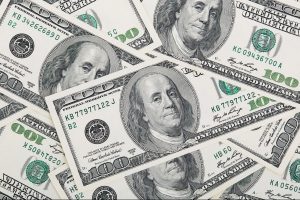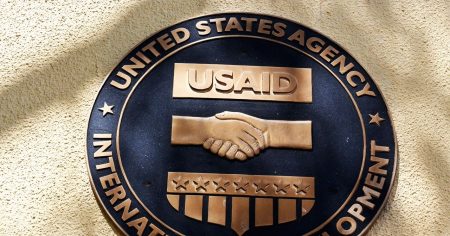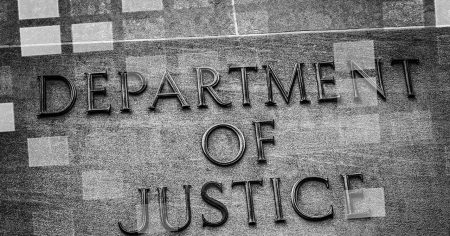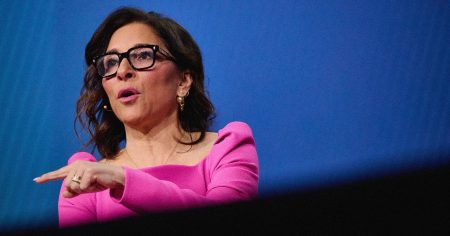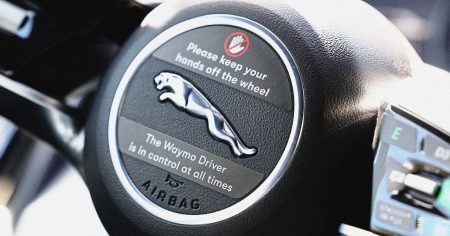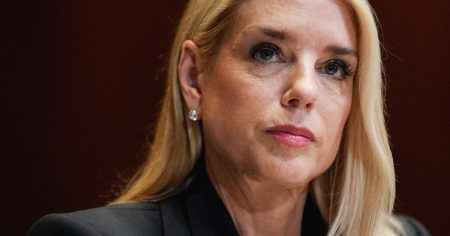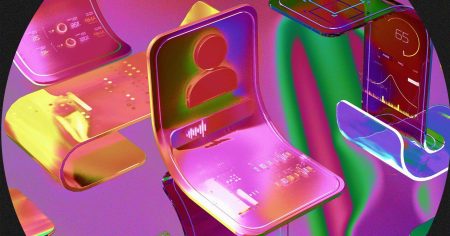Founder and CEO of JSA+Partners, a strategic communications firm working with consumer tech, digital media and gaming companies.
While the box office struggles to reach pre-pandemic levels and union strikes have put Hollywood on indefinite pause, Mattel’s cinematic Barbie adaptation has become a lifeline for theaters—and its success was no accident. Mattel and Warner Bros’ communications and marketing teams were working overtime leading up to the film’s July 21 release.
From hot pink ice cream flavors to glitter-bombed fashion collections, they had us living in a Barbie world. With over 100 brand collaborations and counting, marketing efforts reached nearly every corner of the globe, and this coordinated effort paid off: The “Barbie” movie earned over $155 million in the United States alone over its opening weekend (the biggest-ever debut for a female director). Today, the movie’s earnings have surpassed a staggering $1 billion globally, making it the second highest-grossing film of the year (close behind “The Super Mario Bros. Movie”) and yet another shining example of the power of legacy fandom.
In reviewing the film’s ubiquitous campaign, I’ve pinpointed a few key takeaways that every marketer can learn from the world’s favorite plastic icon.
Introduce experiential activations.
While digital-first campaigns remain the bread and butter of successful marketing, “Barbie“ has proven experiential stunts are still worth the investment. In the spirit of the fan-favorite life-size Barbie of the ’90s, the film’s campaign went larger than life with activations destined for viral success, from a Barbie boat cruise on the Boston harbor to a real-life Malibu dream house in partnership with Airbnb.
These coast-to-coast, in-real-life activations serve as textbook examples of how marketing stunts can snowball into waves of earned media and word-of-mouth awareness, especially when they’re designed to attract multiple demographics at once. While a “made for TikTok” activation naturally targets Gen-Z, partnering with a brand like Airbnb ensured exposure to a wider range of age groups like Millennials, who made up nearly half of Airbnb customers last year. Barbie’s success on the streets proves that—when executed strategically—experiential marketing can yield more well-rounded results than traditional paid promotions.
Choose brand partnerships wisely.
While success in brand partnerships often calls for a quality-over-quantity approach, “Barbie” made the savvy choice to prioritize both. The quantity play guaranteed maximum reach, while Mattel simultaneously raked in 5% to 15% licensing fees in some cases from partners worldwide eager to cash in on a hot (pink) commodity. Those earnings and flat licensing fees likely helped to recoup the film’s $100 million marketing spend and then some.
On the quality side, Barbie’s team made sure each and every one of its 100+ licensing deals was aligned with the brand’s intended image. In addition to partnering with brands that tout mainstream mass appeal—think Gap, NYX and Aldo—they also partnered with mid-to-high-end brands with fashion industry credibility, from a sold-out luggage line with Beis to ready-to-wear designer duds from Balmain.
Barbie additionally inked deals that offered clever nods to the film’s most iconic scenes and narratives, including a line of roller skates from Impala and a new “compliments” feature on the female-driven dating app Bumble. Selecting partners that felt authentic to Barbie’s character and resonated with the fanbase was a vital ingredient to the campaign’s success. The partnership strategy also emphasized diversification, targeting a wide variety of demographics to underscore the film’s universal appeal.
Be strategic (and selective) with influencers.
Influencer marketing has become an increasingly nuanced and sensitive world to navigate. Viral flubs like the infamous mascara drama on TikTok have left consumers wary of inauthenticity in influencer endorsements and sponsored content. Rather than relying on standard sponsorships and gifting tactics for “PR haul” posts, “Barbie” took a thoughtful approach, leveraging influential voices from the most-followed creators to the film’s resident talent.
For example, Barbie herself (a.k.a. Margot Robbie) gave fans a guided tour of the film set’s Barbie Dreamhouse on the social channels of Architectural Digest, one of the most celebrated arbiters of taste for the general public. The video has amassed over 15 million views on YouTube to date. “Barbie” also allowed select, high-profile content creators and their well-followed friends to document their exclusive hangs in the Malibu Airbnb Dreamhouse, including TikTok star Dixie D’Amelio. Naturally, the social media star’s videos went instantly viral during her stay. This approach to content portrayed the Dreamhouse—and the Barbie brand by extension—as a coveted destination vs. a blatantly branded gimmick.
Prioritize user-generated content.
Considering that Gen-Z largely prefers user-generated content to streaming content, finding innovative ways to encourage UGC has become a dependency for success in any campaign. Earlier this year, “Barbie” took social media by storm with an AI-powered selfie generator, which has seen over 13 million uses since its April release. The tool, which leveraged a popular preexisting social media trend, organically caught the attention of A-listers, including Rihanna and Pedro Pascal. Any marketing investment that acts as a catalyst for free celebrity promotion is undoubtedly money well spent. As another example—this time via in-theater marketing—”Barbie” earned a second surge of UGC thanks to life-sized Barbie boxes placed at select movie theaters for a perfect pink photo opp. Both activations not only successfully appealed to the consumption habits of younger consumers but generated notable earned and social coverage for no additional expense to the Barbie team.
All this to say, Barbie’s runaway success can’t be fully attributed to its marketing efforts. Just as we saw with “The Super Mario Bros. Movie” earlier this year, “Barbie” benefitted from its legacy status. More than 60 years of generational fandom, product category dominance and—let’s face it—pretty privilege have given Barbie a permanent residence in the cultural zeitgeist. While the filmmakers modernized the message and challenged antiquated tropes to deliver an undeniable crowd hit (the film currently boasts an 83% audience score on Rotten Tomatoes), the team behind the marketing campaign certainly had some larger-than-life-size stilettos to fill, and it’s safe to say they rose to the occasion and then some.
Forbes Business Council is the foremost growth and networking organization for business owners and leaders. Do I qualify?
Read the full article here

